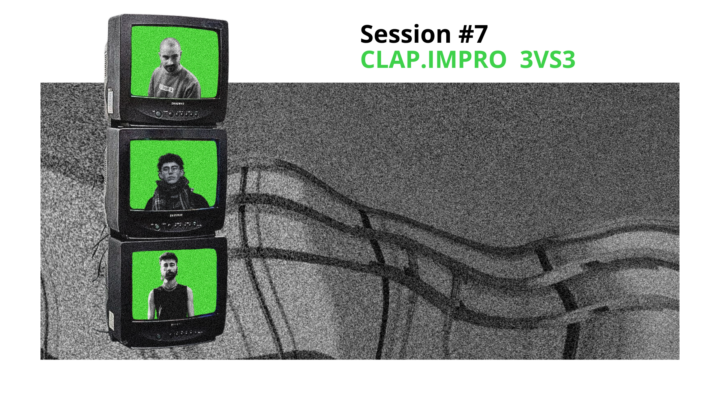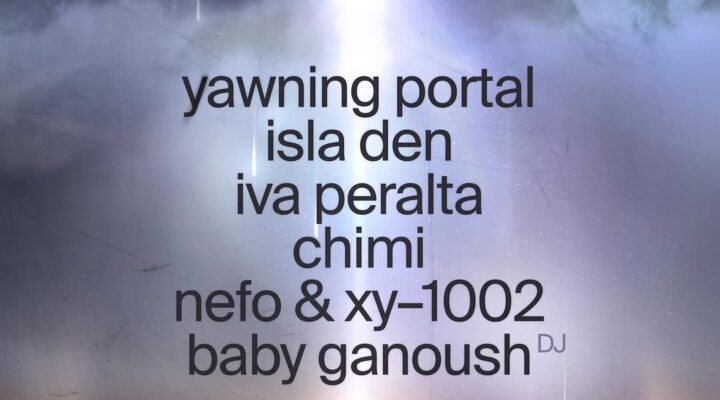Interview with choreographer Dunja Jocić
Interview by Gabriella Meshako
What happens if you let the male gaze collapse beneath its own weight? Bodies collide, dissolve, reform, as a new narrative splits open. In Afternoon of a Nymph, choreographer Dunja Jocić reinterprets Nijinsky’s ballet Prélude l’après-midi d’un faune. Originally depicting a faun lusting after nymphs, Jocić transforms the tale, giving the nymphs agency, voice, and power. Following sold-out performances at the Stadstheater Osnabrück, Afternoon of a Nymph, arrives in The Netherlands. Before the ballet’s premiere night on October 15th, we sat down with Dunja to discuss intentions, dichotomies, and sonic reimaginings.
Gabi: To begin, I want to start with a question just about how you came to this project. I found the idea of reimagining the elements of gender, of positionality, of movement very interesting. What was the initial idea to reimagine Nijinsky’s piece?
Dunja: My first encounter with Prélude à l’après-midi d’un faune was during my time in the ballet world, after I moved from rhythmic gymnastics into dance. As a gymnast I had always worked in all-female environments, with women leading and coaching. Entering ballet, I was struck by how strongly the male gaze and male dominance were woven into the discipline. Nijinsky’s ballet stayed with me because of the way it objectified the women and placed them in such a subordinate role. It fascinated me that an entire story could be told so firmly through one gaze. Years later, as I became more aware of the patterns and power structures within dance, I felt the need to return to that piece.
I became aware of the patterns and power structures within dance
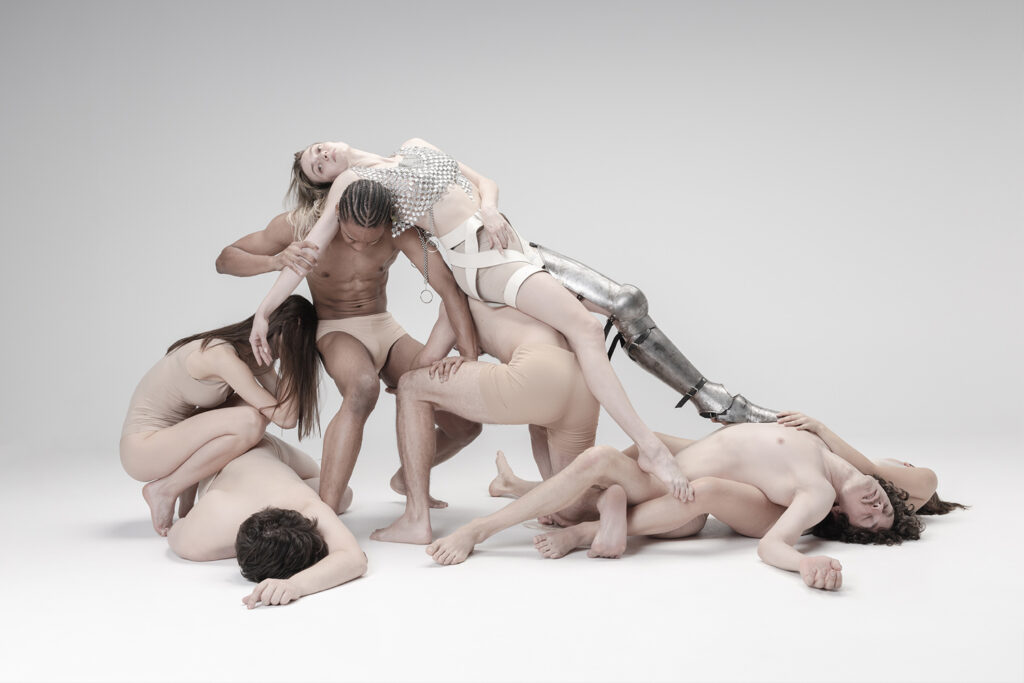
Dunja Jocić’s Afternoon of a Nymph. Photo by Jelena Jankovic
How did you approach reimagining the ballet sonically?
The Debussy music carries a certain mystery, which I really like, not everything is revealed. That was one of my musical starting points. But the piece is ultimately about the gaze, the male gaze. And with Nijinsky, that gaze is complex, because if you look closely, you can already question where he placed it.
Nijinsky’s piece caused outrage when it came out.
At the time, the whole ballet caused outrage. It was controversial for many reasons. Nijinsky flattened everything, made it almost two-dimensional, stripped down and extremely simple. it wasn’t on pointe. Everything was flat and slow, which made people wonder: “Where is the virtuosity of ballet?”. Nijinsky stripped all of that away, very radical at the time. And then there were the explicit sexual connotations: the faun lying in the forest, taking the veil, and reaching a kind of orgasm. The whole work was deeply rooted in the male gaze.
Was it a challenge to break out of the male gaze and incorporate the Nymph’s perspective more into the story?
I was drawn to Donna Haraway’s idea of a “third way,” where positions are fluid, not fixed, and the usual polarities, male/female, hunter/hunted, lose their grip
I tried to imagine what the Nymph herself would do. That meant reversing the story, but without simply creating a mirror image, I wanted to avoid that. I was drawn to Donna Haraway’s idea of a “third way,” where positions are fluid, not fixed, and the usual polarities, male/female, hunter/hunted, lose their grip. It’s a difficult space to think through, but I felt it was necessary. Especially now, when the world feels like a giant ship moving in the wrong direction, almost impossible to turn.
I come from a country that went through war, and I recognize the unsettling sense of repetition. In Yugoslavia, nobody believed it would actually happen. Everyone was caught off guard. And then in 1999, the bombing began. Nobody expected that either, after all, we were in the middle of Europe, why would anyone bomb us? But they did. Looking back, the signs were obvious. That experience makes me sensitive to the signs I see today, and I fear we are heading toward another very unpleasant and predictable place.
From a feminist point of view, this is why I try not to simply mirror the male gaze. I want to create another perspective altogether.
I try not to simply mirror the male gaze. I want to create another perspective altogether
I found it very interesting because often when we see the reversal of these roles, they’re still perpetuating the same systems and structures that we’re trying to break out of. But your piece seems to take it that step further, to see beyond these binaries.
Exactly. It’s an ongoing subject, you can’t really deliver a fixed message. What you can do is create a space for exploration, something that resonates and releases energy, like a small explosion that spills over into the audience, even if only for a moment.
Absolutely. Ballet is such a heteronormative field in general, and especially in Nijinsky’s piece – the movement is so gendered. How did reinterpreting the movement play in this for you?
Physicality is central in my work, there is always a lot of tension. Nothing light or balletic, no women flying through space in an unreal way
Physicality is central in my work. I try to create movement that comes from inner states, of the character, or of the group, depending on the section. There is always a lot of tension. Nothing light or balletic, no women flying through space in an unreal way. The movement is grounded, raw, full of energy, almost vibrating.
It’s hard to talk about movement, but I always think of how the audience will connect with it visually. Sometimes I set images around us that relate to the theme, psychology, or other subjects, and we build from there. I don’t like predetermined situations where I know from the start what the piece will be. Instead, I work through experiment and emergence. That’s risky, but also very fulfilling, because it allows for something you couldn’t have imagined to appear.
Of course, it also depends on who is in front of me, the physicality is shaped by the dancers themselves. The audience needs to learn a new language with us. There is a lot of force in the movement I create, something that can feel aggressive or violent, but not against another person, rather against the need to generate and release energy.
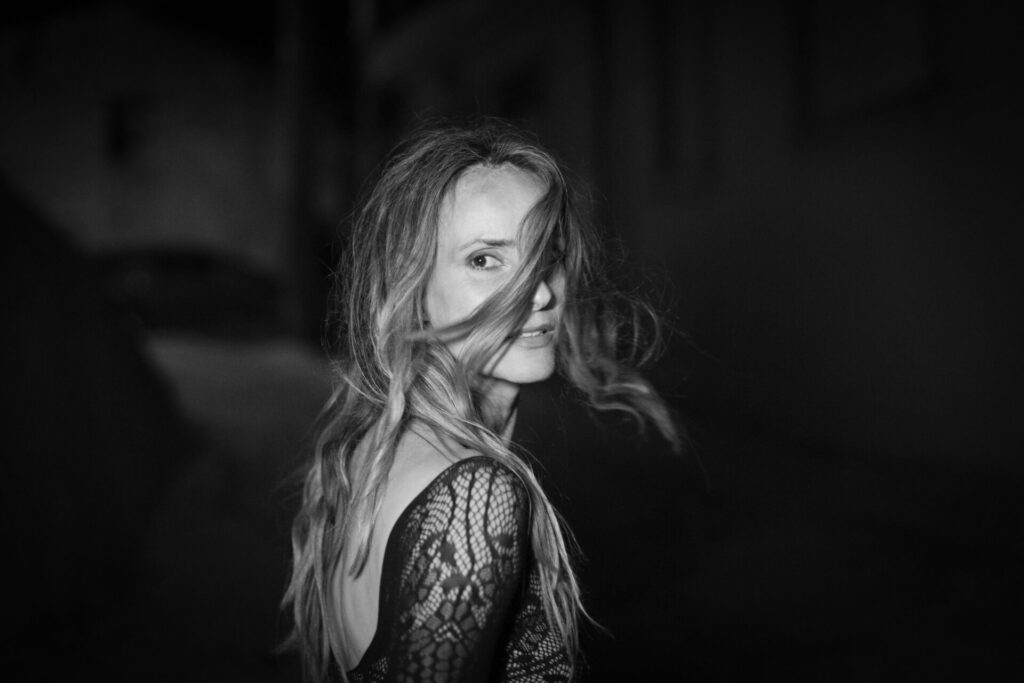
Dunja Jocić by Marinus Groothof
In a sort of similar way, you give the nymphs a voice and an agency in this piece. What other elements helped bring this vision to life?
I find her to be a warrior. That doesn’t mean being violent toward the other, but standing her ground. I put the piece in a kind of apocalyptic setting. We are collaborating with G-Star for the costumes, reimagining their garments. We rip them into pieces and reconstruct everything, making it all into harnesses. You have to recompose all the elements, just like we’re recomposing Debussy. There are prosthetics like enhancements of humans, even robots. There is also this feeling of the panopticon, a self-regulating system that re-enhances a certain historical state of ours. We have a robot that is continuously present, pointing a light at us. We don’t know who or what it stands for, but there is always the feeling of being watched by someone. That feeling will be very dominant in the piece.
As we start to talk about nature and technology, I saw the set design of the original piece. Very forested nature vibes. But your take on this environment, as you have said, is quite different. Do you see a dichotomy of nature and technology in this piece?
Yeah, I don’t have a specific opinion on it, because I see both sides. When you think of technology, you can see it as both bad and good, it’s always both. To me it’s important to have both. You can’t go without the other. They’re inseparable.
Also thinking of the sound, Jonathan Bonney redid the score. Could you speak on the intentions behind rescoring the piece?
I want that space to keep the audience active, making their own associations
There’s a lot about the sonic and spatial setting of the sound. It creates a space you can’t fully grasp. It connects you to certain things, but never completely. I want that space to keep the audience active, making their own associations. And I think everyone has slightly different ones. So even though it’s not visual, the sound creates visuals. For me, it’s important as an image, as a narrative, and as an energetic state. And of course, in Johnny’s recomposition we play with elements of mystery, suspense, and romance, while adding something the original score doesn’t have; a lot of rhythm.
Lovely. You want the audience to question: Is there a third way? Can I get your perspective on this?
The idea that we have to have one fixed identity is actually more like an armour. It’s a construct you put on
This idea of identity, that we have to have one fixed identity, is actually more like an armour. It’s a construct you put on: you are from a certain country, raised in a certain way, and by repetition those habits become part of you.
I try to step aside from my own gaze. The female gaze, at least the way it’s often portrayed in the media, isn’t really how we view the world. It’s usually shown as a direct inversion of the male gaze, projecting how men see women back onto men. But I don’t think that’s accurate. I believe we operate in a different way. That’s how I see it.
It seems to me like this idea of a female gaze is constructed within the structures that a male gaze inhabits.
Yeah. I’d rather not look at things from opposite sides, because I think everyone carries both within them.
I’d rather not look at things from opposite sides of male or female gaze, because I think everyone carries both within them
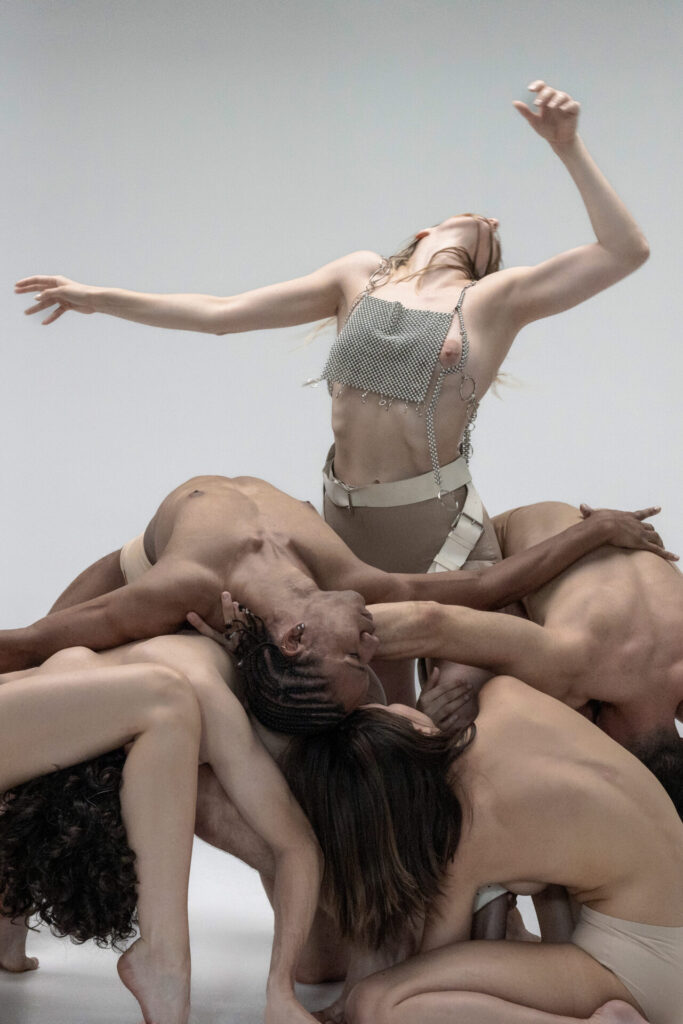
Dunja Jocić’s Afternoon of a Nymph. Photo by Jelena Jankovic
Dunja Jocić’s Afternoon of a Nymph is premiering this October at Internationaal Theater Amsterdam.
Subbacultcha members get limited access to the evenings of 15 October (full) and 16 October (Sign up for the raffle for a chance to win a spot).
